Art traces
“I once gave a workshop and I asked the women poets there, If you went back to that little town you’ve come from – these were from small towns – would you say, I’m a poet? And one of them said, If I said I was a poet in that town, they’d think I didn’t wash my windows. And that stayed with me for so long, the sense of the collective responsibility of someone as against the individual thing it takes to be a poet.” Eavan Boland – Irish poet
“….This psycho-political atmosphere, with its rules of allegiance, of tribal identification”. There was “the right butter. The wrong butter. The tea of allegiance. The tea of betrayal. There were ‘our shops’ and ‘their shops’.” From Milkman by Irish writer Anna Burns
“The truth was dawning on me of how terrifying it was not to be numb, but to be aware, to have facts, retain facts, be adult.” From Milkman by Irish writer Anna Burns
“Smell is important, It reminds a person of all the things they’ve been through; it’s a sheath of memories and security.” Tove Janson, Finnish artist and writer
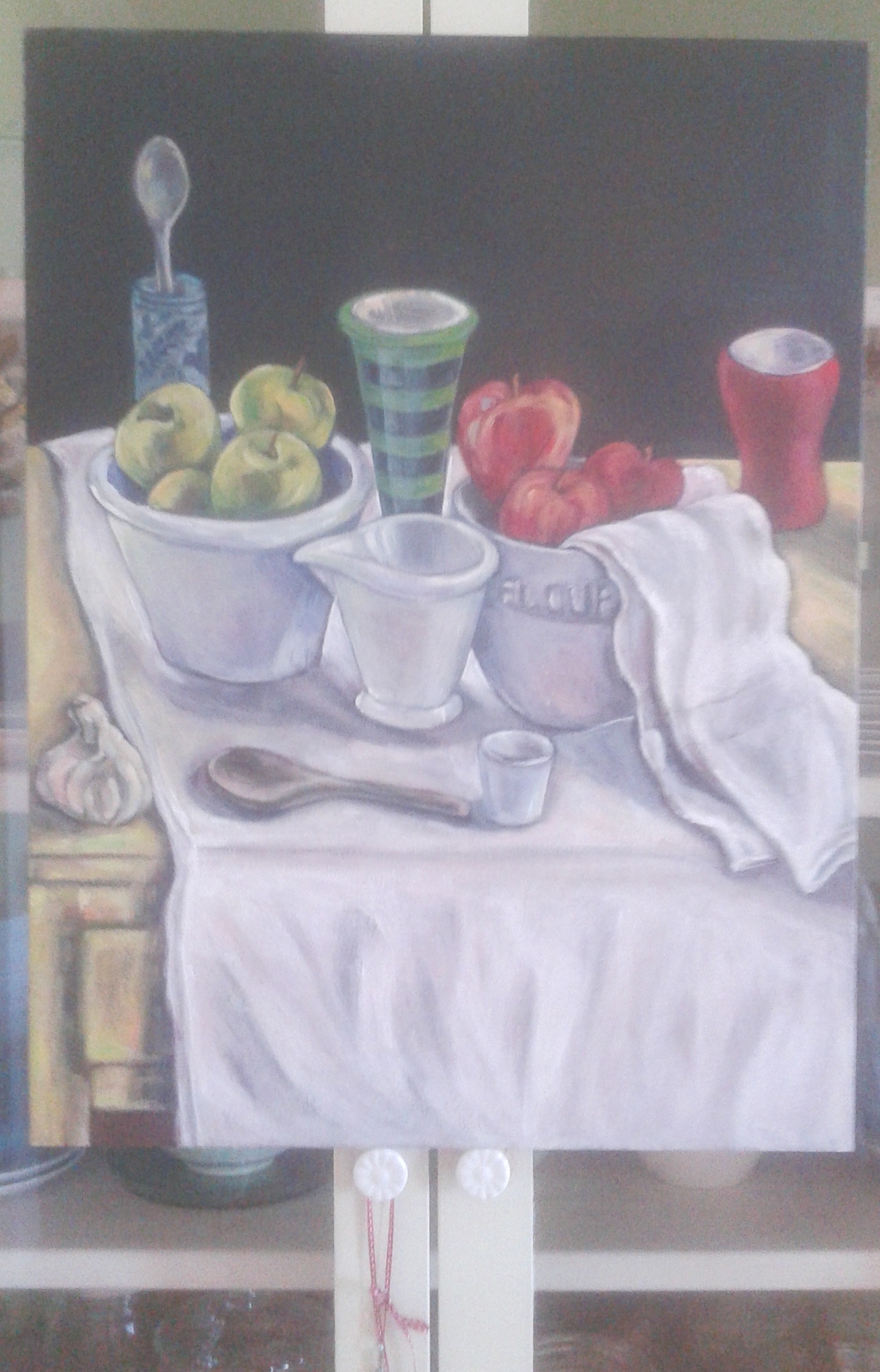
Today I’m posting a painting I’ve been working on – on and off – while continuing with my drawing practice. I’ve included some new drawings here today. I’ve been thinking that one of my intentions, at least for the moment, is to engage with or practice art for as long as I feel inclined and am able to. Sometimes I humorously think that when I’m gone I will have left a trace of art moments. Maybe I feel so because this year I’m turning sixty two and I don’t know how long I will be on this planet. When one enters the sixth decade of one’s life thoughts like this naturally arise, and maybe, it’s even necessary to ponder a little on this undeniable fact of life. On the positive side, on both sides of my family there is longevity. My mother passed away at the age of 91 and my father is journeying his 97th year. And I think that all of their many siblings that have so far passed away were well into their eighties all the way up to their late nineties. But no one knows how it is going to work out for their offspring and the ones after us. An older cousin of mine unlike both his parents passed away in his early sixties. Unlike his parents, he was the first in the family to go to university and had created a good and more comfortable life for himself and his family, and yet, he left early.
A few words about some of the images in the pictures:
I’ve been looking at religious art, iconography, which I’ve always found interesting. This interest probably began in childhood in the church context, where my Greek language lessons took place. I remember being attracted to the images on the walls. It was in some sense my first museum like experience. Whenever I arrived early for class or had to wait to be picked up I walked around the space noticing new details each time. As I’ve been looking at some of this kind of painting I have been reminded that religious art is full of animal symbolism, real and imaginary creatures. There are also saints who are considered protectors of animals like saint Mamas, saint Modest or saint Francisco of Assize, whom I became acquainted in my youth through Nikos Kazantzakis’s spirituality related book Ο φτωχούλης του Θεού / God’s Pauper, which was dedicated to Dr. Albert Schweitzer, missionary doctor, organist, philosopher and Nobel Peace Prize-winner.
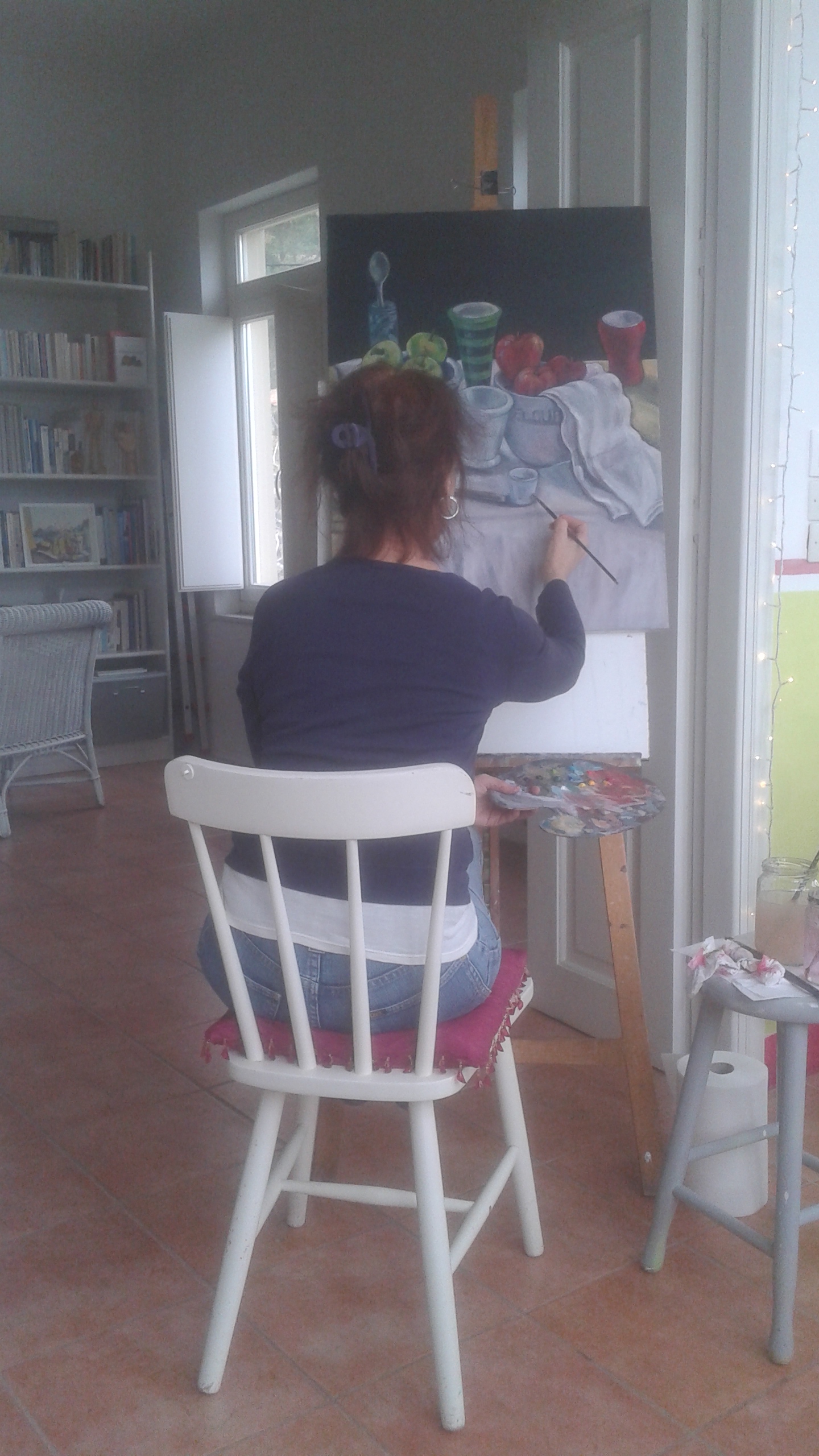
Recently during meditation I tapped into a much younger experience / acquired knowledge from school or / and church held in the hard disc of my brain. It is a well known phrase, “ματαιότης ματαιοτήτων, τα πάντα ματαιότης“ / “Vanity of vanities, all is vanity”, I think from Solomon’s book. In Greek the word ματαιότης means futility. Ματαιοδοξία is the word for vanity, which has the same root. I thought how unhelpful this kind of teaching is for children, and actually for adults, too. The earlier the learning the more difficult for people to unlock the “futility door”, which can feed despair or a sense of why bother? Life contains enough difficulties, suffering and reasons to sometimes feel despair as it is, and this type of implicit or explicit learning early on is probably unhelpful, especially during the age when children are spontaneous, curious and full of wonder for things. Learnt despair, helplessness and futility can also be a form of oppression or a strategy to disenfranchise or keep people in their place. Of course a sense of futility and helplessness does not only arise from teachings, but also, through actions, through overt or covert oppression, harassment, injustices, prevention of expression, and so on.
Maybe our education and spiritual teachings should begin by imbuing children with faith in their diverse capacities and their right both to be here and to be curious, and by fostering love for this wondrous world and life. One could summarily say that maybe the most fundamental purpose of life is to live to the fullest or to the best of our capacity depending on our life specifics, to make the most of this one life we are given. This life is the one certainty we have, and therefore, raising people to believe they have the right to make the most of their life, while also, supporting others in doing the same, seems to me to be a good start in building a healthier and more equitable, democratic and caring society. Seeking happiness and fulfilling one’s capacities, while also allowing and helping others do the same, would create a different kind of world. In addition, often those that “promote despair and futility” do not necessarily hold the same beliefs for themselves and their own. There is often a kind of hypocrisy, a double standard.
The parable of the black and white wolf has also been on my mind. The story is more often attributed to the Cherokee people, but it can be found in other cultures, as well. Many variations of the story exist, sometimes replacing wolves with dogs. So, it goes something like this: A grandfather is teaching his grandson about life. He tells the young boy that a fight is going on between a black and a white wolf inside everyone of us. One wolf is anger, aggression, envy, greed, arrogance, resentment, sense of superiority, deceit, and so on. The other one is love, hope, peace, serenity, humility, kindness, benevolence, empathy, generosity, truth, compassion, and joy. The child asked the old man: “Which wolf will win?” Some story versions end with the answer: “The one you feed.” But, I also found more nuanced answers, which suggest that if we only feed one wolf the other will crave our attention and it is not helpful to just push down these urges or emotions in us. This in a sense is what happens during trauma when certain emotions are vilified or when society deems others as unwanted.
As someone said suppressed and denied anger, for instance, can feel like an explosive, volcanic force. It seems wiser and safer to acknowledge all our feelings and embrace all aspects of our self because “Inviting our thoughts and feelings into awareness allows us to learn from them rather than be driven by them” (Daniel J. Siegel). And in any case the black wolf also has qualities like tenacity and fearlessness and strong will, which are often necessary. Also, emotions that might be considered as negative or might seem frightening to us, like anger, can often protect us or alert us to mistreatment or danger. So, in this version of the story the grandfather concludes: How we choose to interact with the opposing forces within us will determine our life. We can starve one or the other or wisely guide them both.
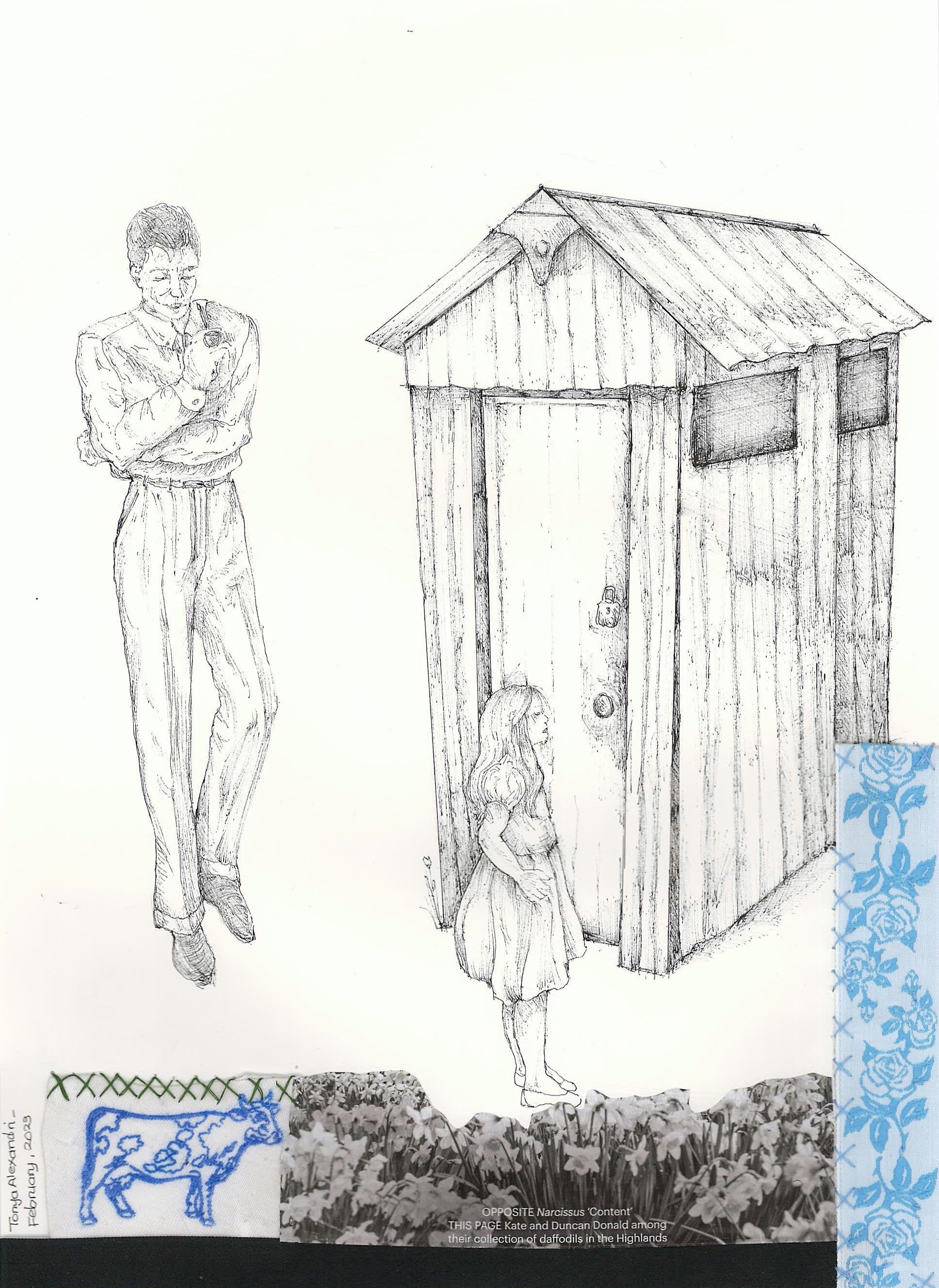
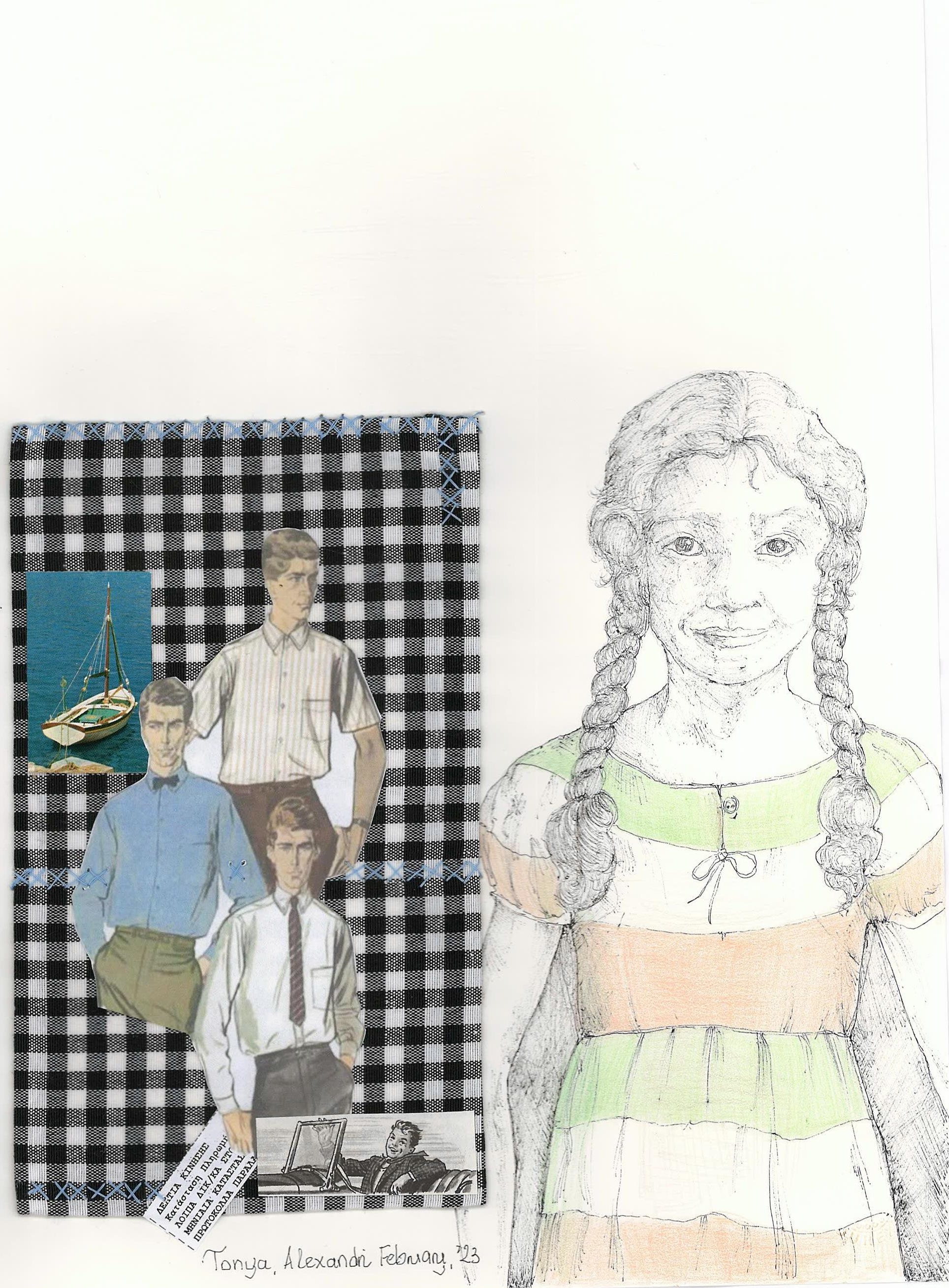
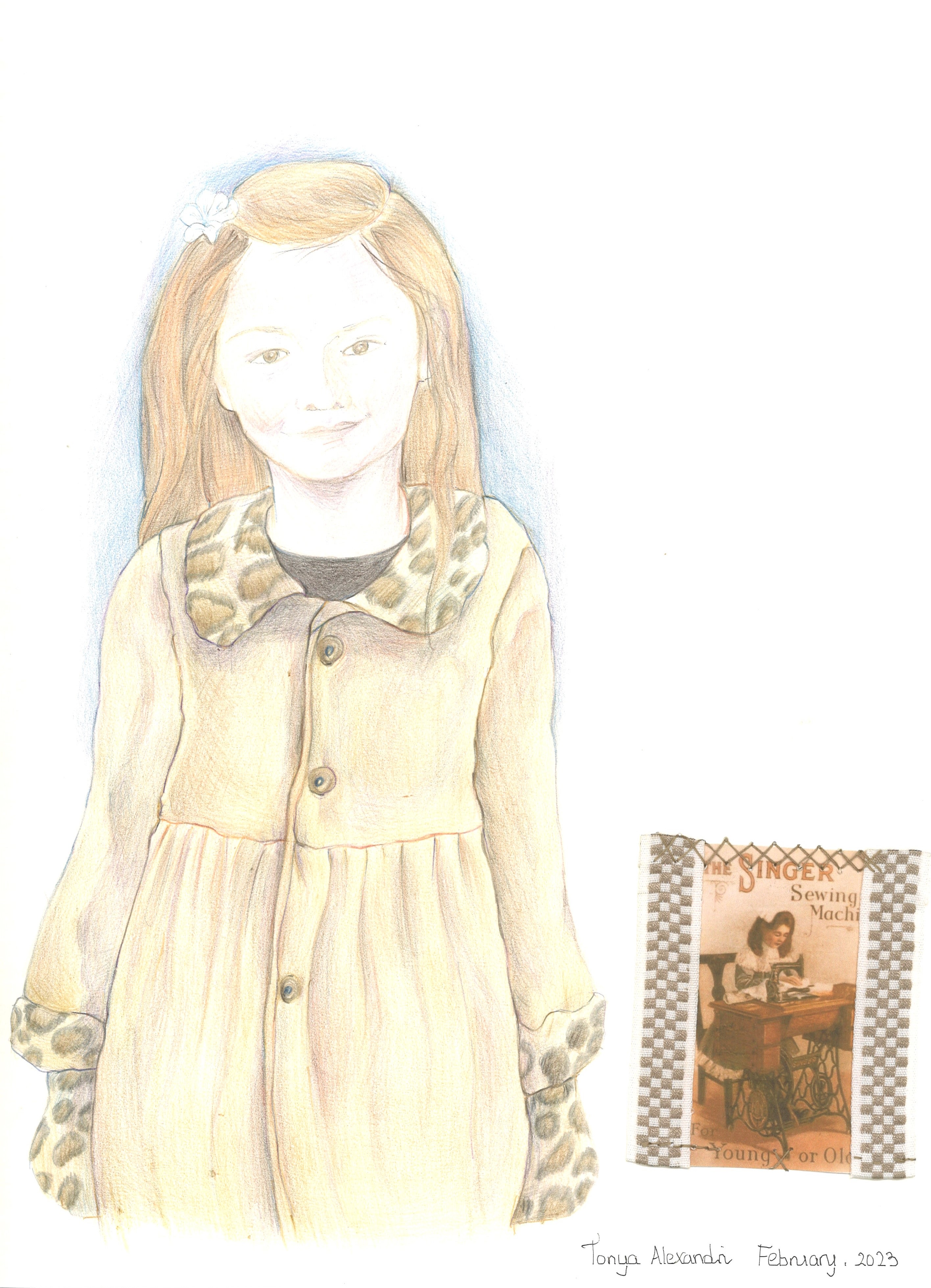
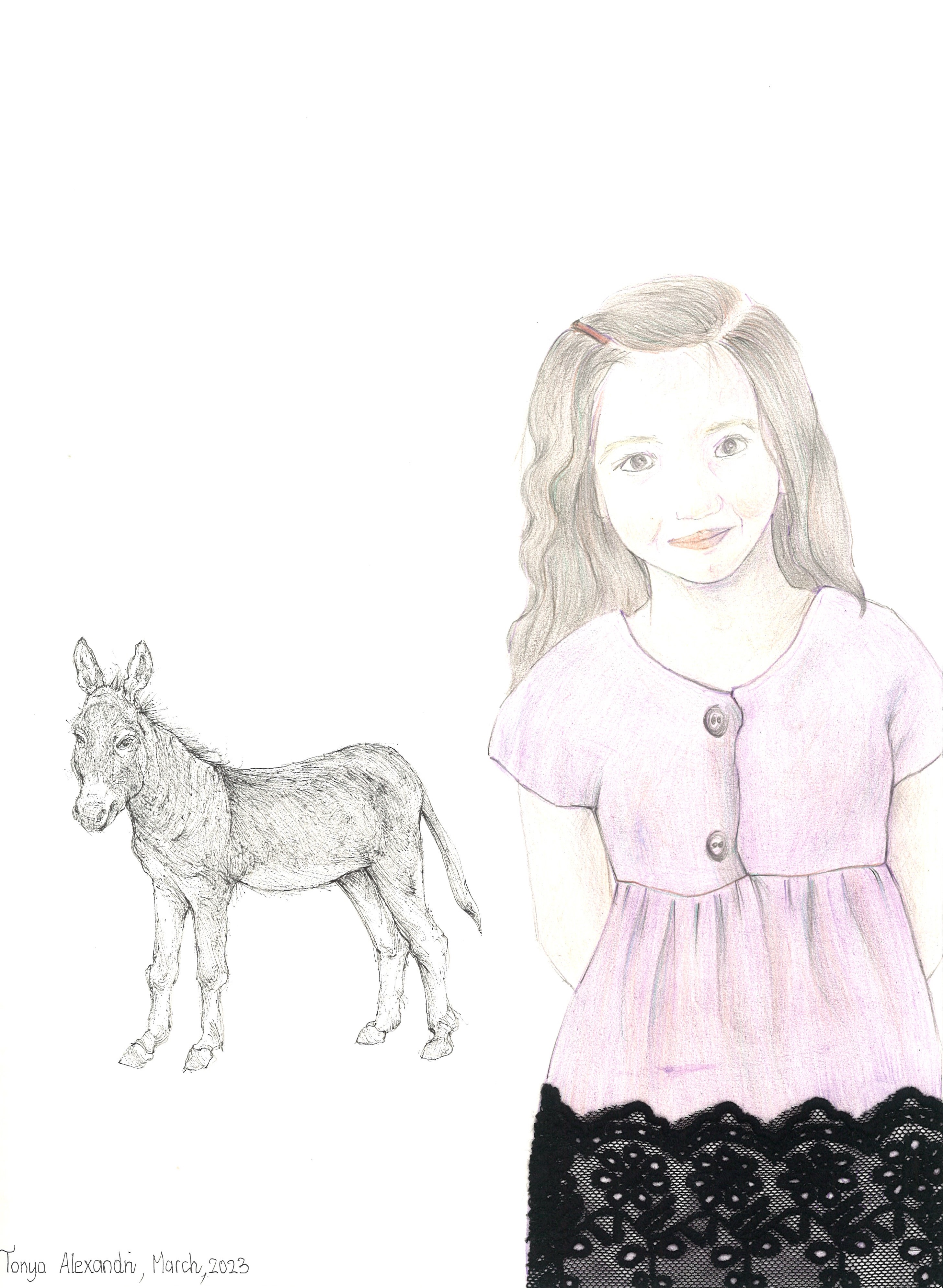
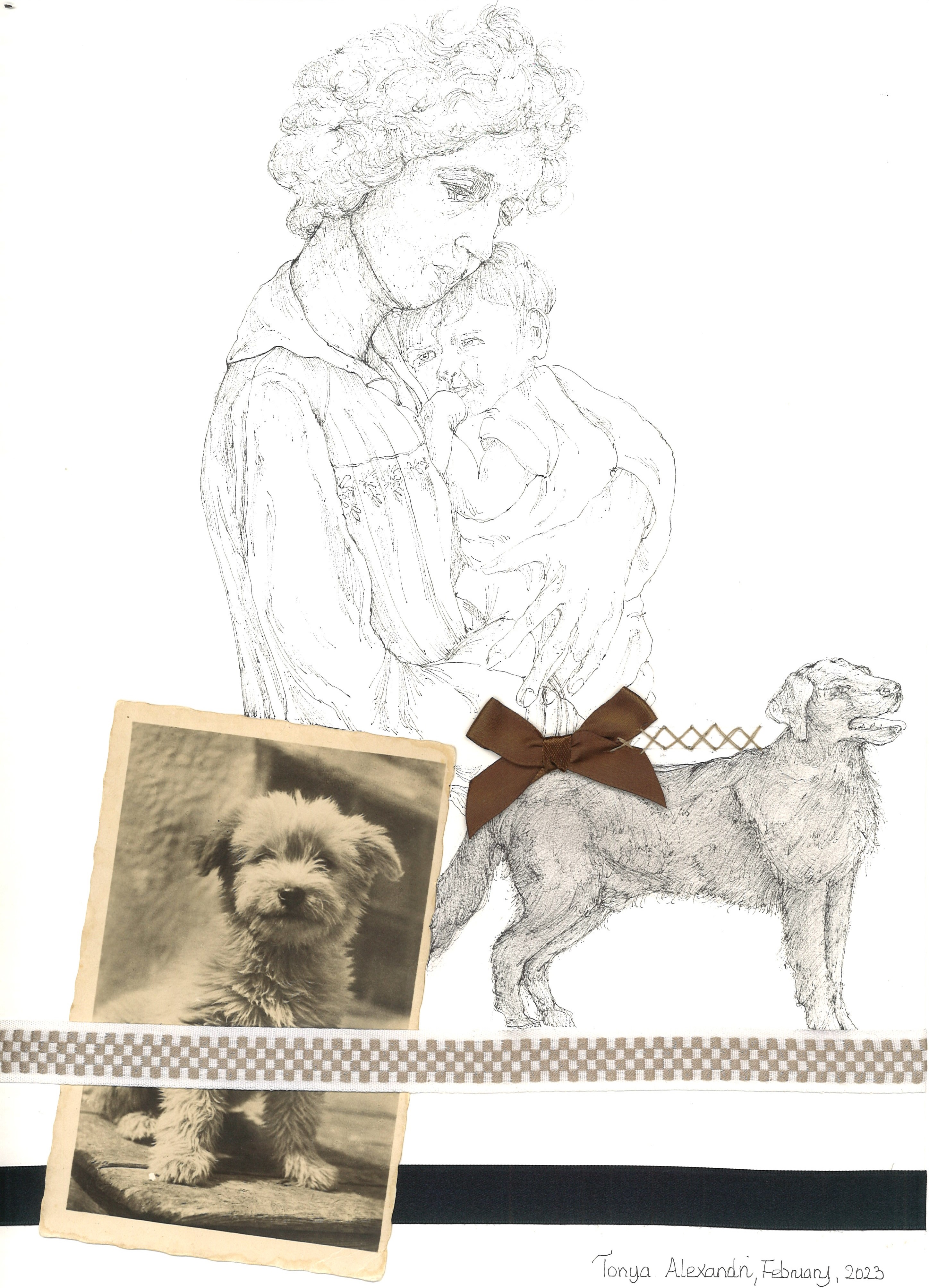
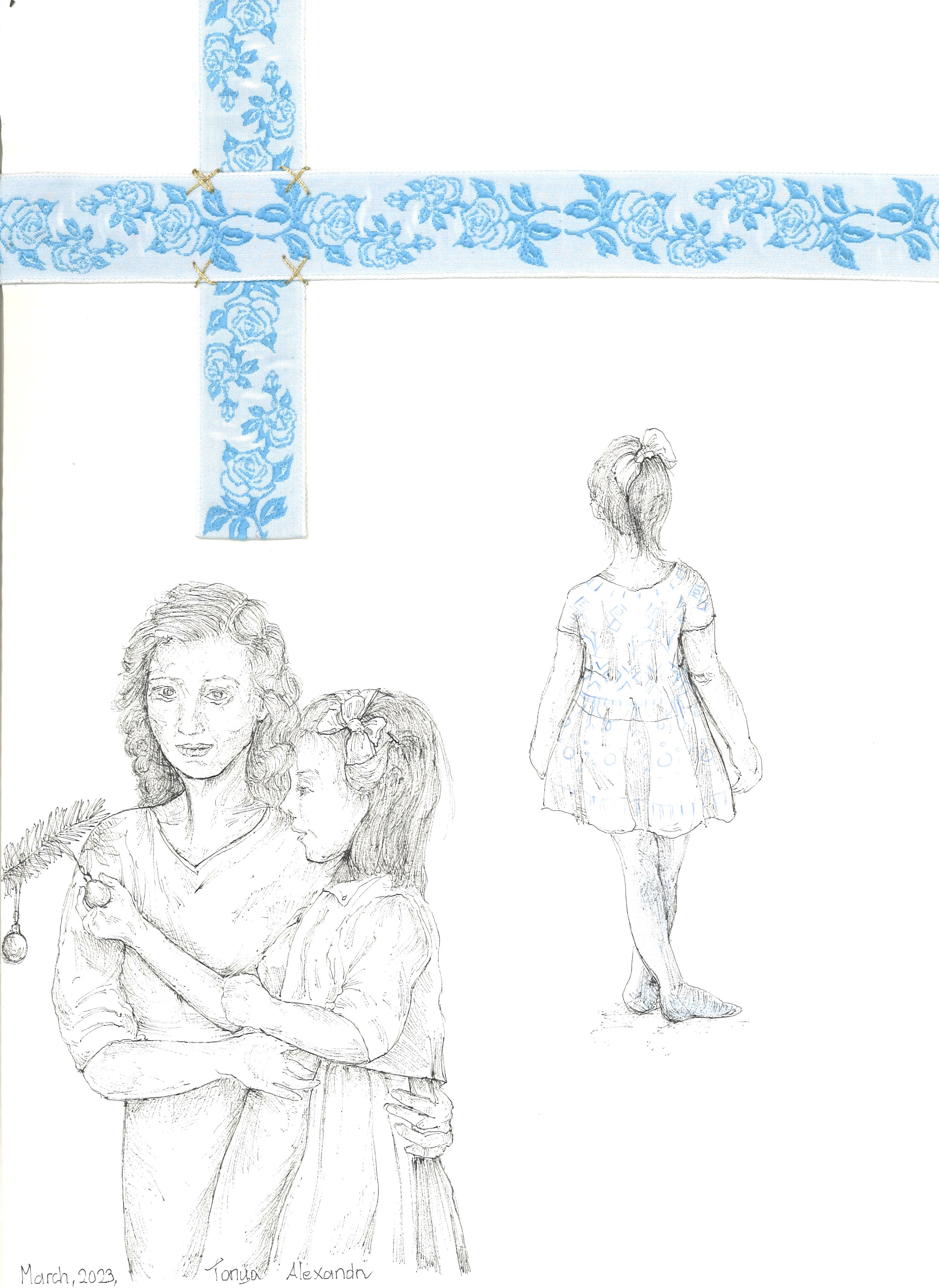
I’d also like to share some links to material related to early attachment that I’ve been looking at for those interested in attachment theory and early attachment
Last week’s Being Well episode at: https://www.rickhanson.net/being-well-podcast-daddy-issues-attachment-wounding-dealing-with-common-symptoms-and-becoming-more-securely-attached/, in which Rick, PhD, and Forrest Hanson explore , different forms of attachment wounding, and a simple way to understand our attachment style, how they relate to attachment theory, sexism and the broader social and historical context. They also walk through four common sets of symptoms and challenges related to attachment wounding, and what one could do to move towards a more secure attachment. In this talk the focus is more on the father-child relationship.
On the other hand, in Kelly McDaniel’s, PhD, article, at: https://kellymcdanieltherapy.com/wp-content/uploads/KM-Working-Paper-Mother-Hunger-Missing-Maternal-Love.pdf, the focus is on the mother-child, especially mother-daughter relationship, and how this early blueprint affects our adult lives and ways of relating.
